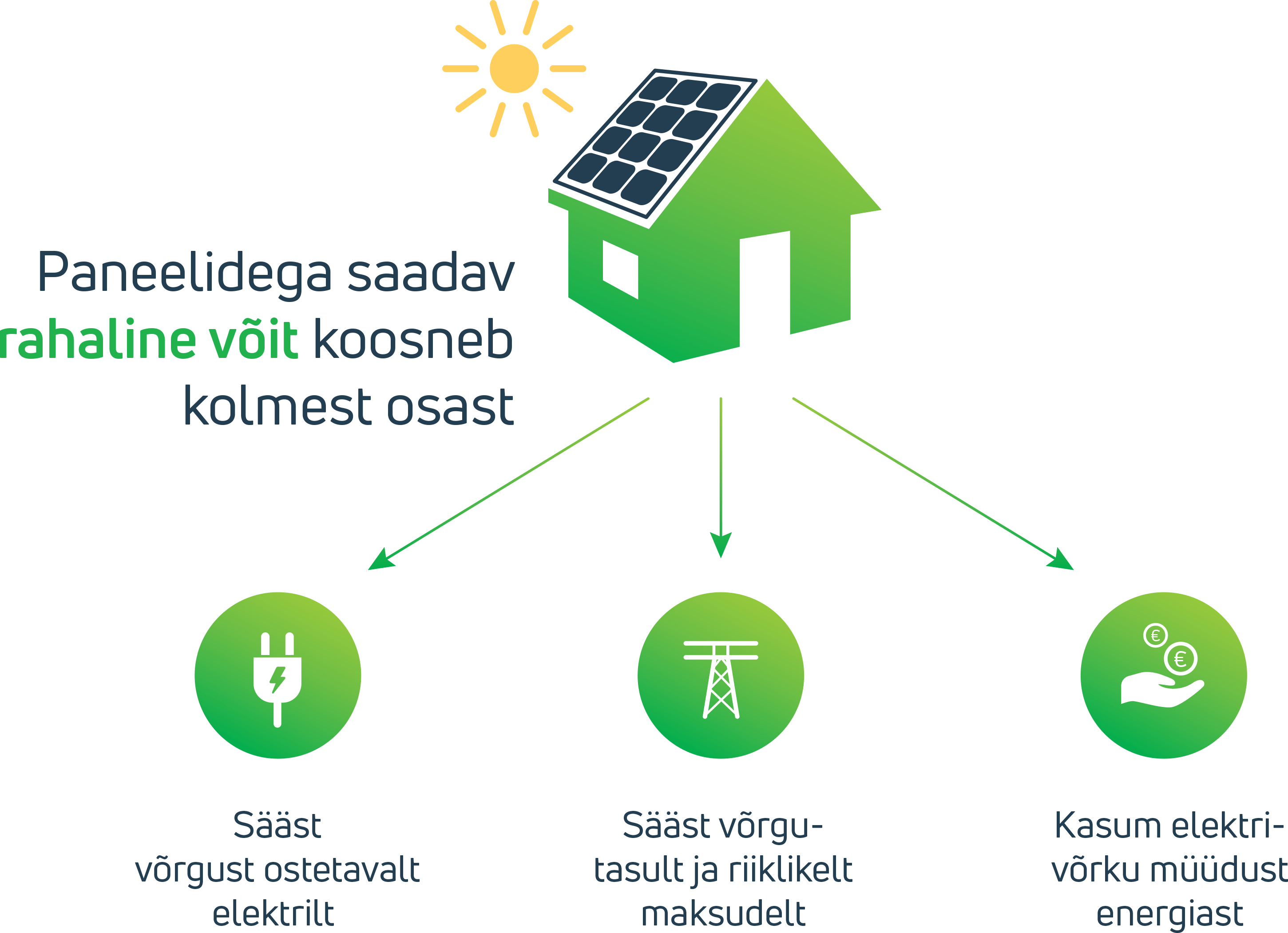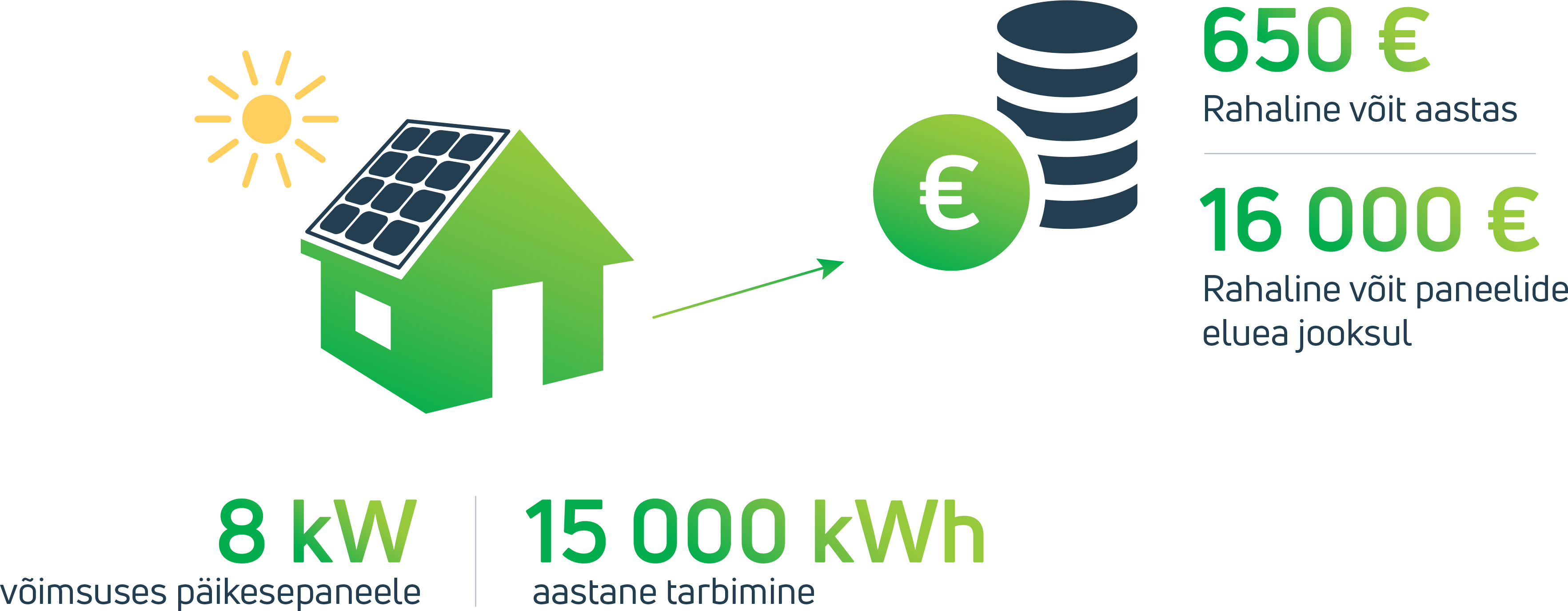Take a look at the calculations: how big is the financial gain from solar panels?
Autumn is the best time to start planning a solar power plant, because in that case the solar park is ready for spring and the opportunity is to get a share of almost all of next year's solar power production.
The peak productivity of the panels is usually between March and late August. The months with the best production are usually April and May, because the sun is high and the temperatures are cooler. In winter, the sun moves lower and therefore productivity is lower, but not quite non-existent.
Ott Antsmaa , Head of Distributed Energy Services at Eesti Energia, talks about his experience that customers are less and less deciding in favor of solar panels on the basis of current emotions and more and more it is a considered decision based on thorough calculations.
"Solar panels are a useful investment in many ways. The amount of electricity purchased from the network is decreasing and this results in lower network charges and state taxes. In addition, it is possible to earn additional income from the sale of electricity left over from own consumption and supplied to the grid,” explains Antsmaa.

Cut half of your electricity bill
Antsmaa points out that investment in solar panels is not performing worse today than, for example, the historical average of stock markets.
"If I look at the cost of a planned solar park on the roof of an average private house, it is often less than the cost of the car in front of that house. And the solar power plant will generate a positive cash flow for 25 years. I deeply doubt whether the same principle applies to the car in front of the house," adds Antsmaa.
For example, a household with an annual consumption of 15,000 kWh, which can accommodate 8 kW solar panels on the roof, gains approximately 650 euros per year from the electricity saved and sold to the grid, i.e half of its current electricity bill. The financial gain over the lifetime of the system is thus over 16,000 euros.
